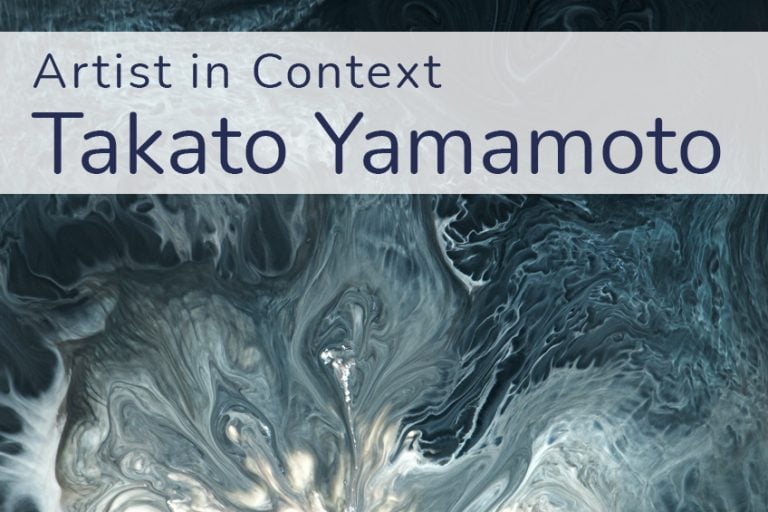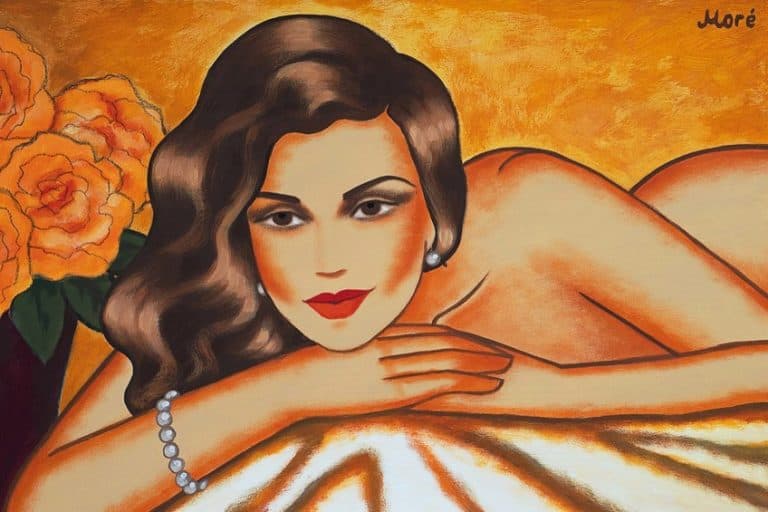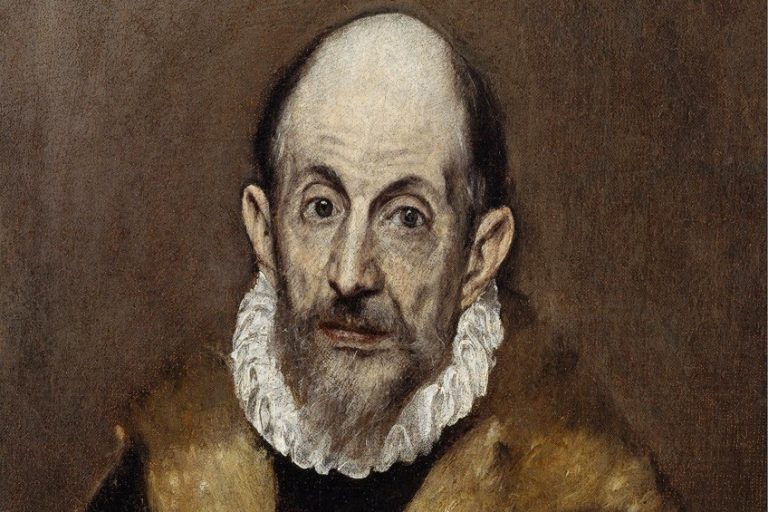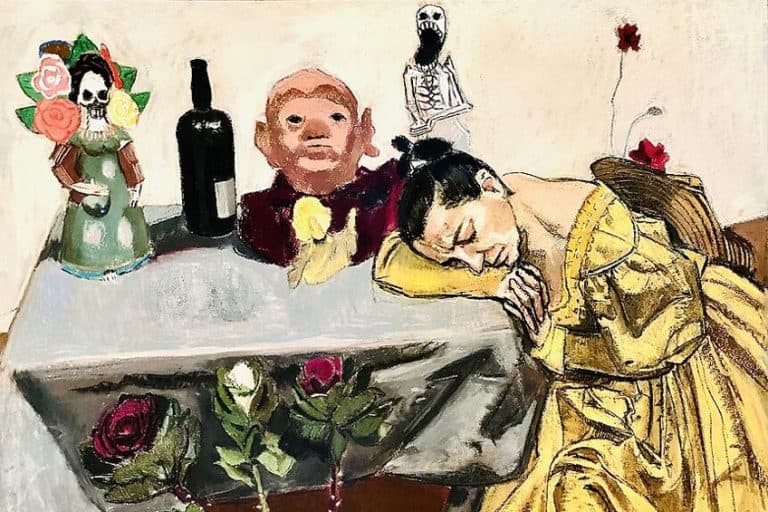Latin American Artists – Guardians of Tradition and Change
Latin American art, a vibrant and diverse tapestry of cultures, histories, and expressions, has profoundly influenced the global art scene. Rooted in pre-Columbian traditions and enriched by European colonial influences, Latin American artists have continually innovated and redefined artistic boundaries. From the bold political murals of Diego Rivera and the surrealist dreams of Frida Kahlo to the geometric abstractions of Joaquín Torres-García and the contemporary installations of Doris Salcedo, these artists reflect the complex social, political, and cultural landscapes of their regions. Their works, characterized by rich color palettes, dynamic forms, and poignant narratives, offer profound insights into the Latin American experience, making significant contributions to the global art dialogue.
Key Takeaways
- Latin American art blends indigenous, European, and African influences.
- Artists like Frida Kahlo and Diego Rivera are central to understanding this artistic tradition.
- Contemporary movements in Latin American art continue to evolve and inspire globally.
Historical Context of Latin American Art
Latin American artists have made an indelible mark on the global art scene. Emerging from a rich tapestry of indigenous, European, and African influences, these creatives have forged a unique and vibrant artistic tradition. From the surreal and deeply personal works of Frida Kahlo to the politically charged murals of Diego Rivera, Latin American art captures a profound sense of identity and resilience.
The history of Latin American art is a journey through time, beginning with the indigenous cultures that flourished long before European colonization.
Throughout the centuries, these artistic traditions evolved, integrating elements from the colonial period with contemporary movements. Today, Latin American art spans a wide array of mediums, including painting, sculpture, and contemporary installations, each reflecting the region’s diverse cultures and histories.
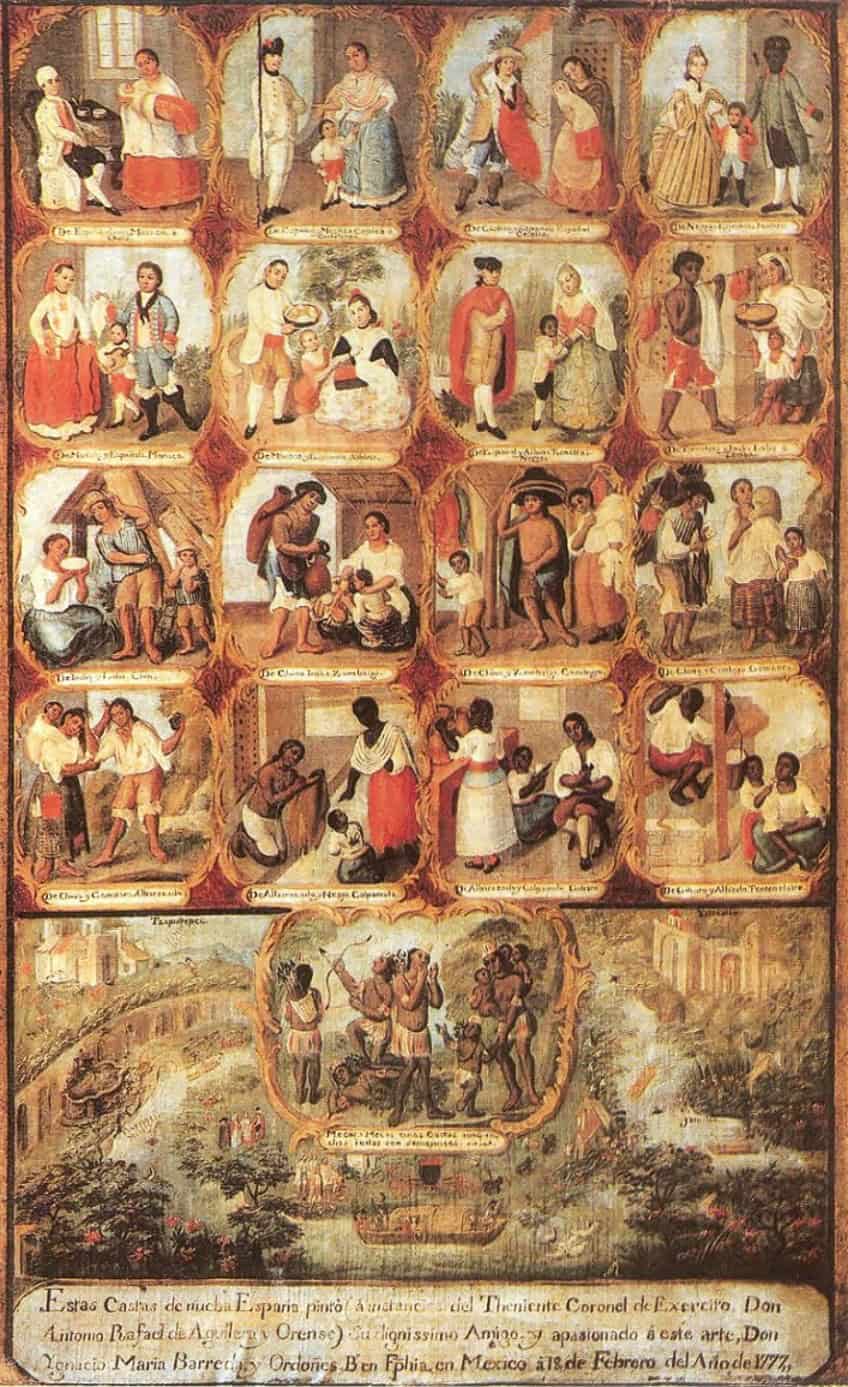
One cannot discuss Latin American art without acknowledging its influential movements and key figures. Artists like Fernando Botero, known for his volumetric stylization, and Mexican muralists, who spearheaded the socially conscious art movement, have significantly shaped the narrative. This fusion of bold, revolutionary themes with traditional and modern techniques continues to inspire and challenge perceptions, making Latin American art a dynamic and essential part of the global cultural landscape.
Pre-Colonial and Colonial Eras
Before European colonization, the Aztec, Maya, and Inca civilizations flourished across Latin America. These indigenous cultures developed sophisticated art forms, including monumental architecture, intricate ceramics, and detailed textiles.
When the Spanish and Portuguese arrived in the 16th century, they brought Baroque art and religious themes, which merged with indigenous styles. Artists of this era often depicted Christian imagery combined with local motifs, producing unique works reflective of both European and native influences. The mixing of these traditions laid the groundwork for the varied artistic landscape that followed.
Post-Colonial Art and National Identity
After gaining independence in the 19th century, many Latin American countries sought to define their national identity through art. Mexican art, for example, prominently featured scenes from the Mexican Revolution, emphasizing themes of social justice and empowerment. Social Realism emerged as a powerful movement, with artists like Diego Rivera and José Clemente Orozco depicting the lives of ordinary people and the struggles of the working class.
Muralists played a significant role in expressing national identity, employing large public paintings to communicate historical narratives and cultural pride.
Modernism and the Avant-Garde
The early 20th century saw Latin American artists engaging with Modernism and the Avant-Garde. Influences from European Art movements such as Expressionism and Abstract Art began to permeate Latin American works. Artists like Frida Kahlo combined personal and political themes, often reflecting on indigenous heritage and contemporary issues. The adoption and adaptation of these modernist styles allowed artists to explore new forms of expression and critique social and political systems.

Contemporary Visions
Today, Latin American art is characterized by its diversity and global influence. Contemporary artists draw from a wide range of themes, including traditional folklore, urban experiences, and global socio-political issues. They use various mediums, from painting and sculpture to video art and installations, to convey complex narratives about identity, migration, and memory. This ongoing evolution highlights the dynamic and ever-changing nature of Latin American art, showing how it continues to resonate and inspire globally.
Influential Latin American Artists and Movements
Latin American art has been shaped by diverse movements and artists who have left an indelible mark through their unique styles and powerful themes. The following sections delve into some of the most influential figures and movements in Latin American art history.
Frida Kahlo and Self-Portraiture
Frida Kahlo, born in Coyoacán, Mexico City, is renowned for her deeply personal and emotive self-portraits. Her paintings vividly detail her physical and emotional pain, influenced by her struggles with polio and a devastating bus accident at age 18.
Kahlo’s work often features themes of melancholy, illness, and indigenous beauty, linked closely with Surrealism.
Her unique perspective made her a leading figure in Latin American modernism. Many of her paintings, such as The Two Fridas and Self-Portrait with Thorn Necklace and Hummingbird, continue to inspire and challenge viewers globally.
Diego Rivera and Muralism
Diego Rivera, another iconic Mexican artist, is best known for reviving the Mexican mural movement in the 20th century. His large-scale murals, often depicting social and political themes, aimed to make art accessible to the public.

Rivera’s works like Man at the Crossroads and Detroit Industry Murals showcase his commitment to societal issues and labor empowerment. He collaborated with fellow artists David Alfaro Siqueiros and José Clemente Orozco, who also played significant roles in this movement. Rivera’s influence extended beyond Mexico, impacting public art and inspiring artists worldwide with his powerful messages of social justice.
Contemporary Latin American Artists Today
Contemporary Latin American art is diverse, with artists exploring various media and themes. Among significant modern figures are Fernando Botero, known for his volumetric figures and satirical depictions of societal issues, and Lygia Clark, whose works explore the relationship between object and spectator.
Antonio Berni’s social realism critiques societal inequalities, while Ana Mendieta’s Earth-body works intersect politics, identity, and nature.
Joaquín Torres-García and Roberto Matta are also key figures, the former for his contributions to Constructivism and the latter for Surrealist landscapes. These contemporary artists continue to expand the horizons of Latin American art, contributing to a rich, evolving cultural dialogue.
Artistic Themes and Symbols
Latin American art is rich in diverse themes and symbols drawn from the region’s complex history, vibrant cultures, and evolving social landscapes. The following sections delve into these key aspects, presenting them in a clear and focused manner to provide a comprehensive understanding of their significance.
Identity and Heritage
Artists in Latin America often explore identity and heritage through their work. Frida Kahlo’s self-portraits, for instance, deeply reflect her Mexican roots and personal experiences. Indigenous motifs and traditional techniques frequently appear, highlighting cultural pride and lineage.
In Brazil, modernist painters like Tarsila do Amaral incorporate elements of Afro-Brazilian culture and folklore, reclaiming narratives often overshadowed by colonial histories. This celebration of ancestral connections and national identity is a recurring theme, emphasizing the diversity within Latin American countries.
Politics and Social Justice
Latin American artists frequently address political themes and social justice issues. The Mexican muralists—Diego Rivera, David Alfaro Siqueiros, and José Clemente Orozco—used their monumental works to depict the struggles and triumphs of the working class.

The horrors of war, dictatorships, and inequalities are vivid in their depictions. Artists like Doris Salcedo confront themes of violence and displacement resulting from political unrest in Colombia. This focus on social issues extends to racism and migration, reflecting the artists’ activism and commitment to change.
Nature and the Environment
Nature and the environment hold a significant place in Latin American art. Artists often use earthy tones, vivid colors, and elements like water, fire, and blood to symbolize life, death, and everything in between. The portrayal of landscapes and natural scenes can be both serene and dramatic. For example, artists like Tomás Sánchez capture the lushness of tropical forests, while others may depict the devastation of environmental exploitation.
This dialogue with nature serves as a reminder of the region’s rich biodiversity and ecological challenges.
Abstract and Expressionistic Trends
Abstract and expressionistic trends are prominent in Latin American art. Artists such as Joaquín Torres-García and Wilfredo Lam utilize geometric shapes, vibrant color palettes, and dynamic lines to create compelling visual languages.
These trends break away from realistic representations, allowing for greater emotional and conceptual expression. The blending of European modernist techniques with indigenous symbolism defines this movement, creating a unique fusion that is both innovative and rooted in local traditions.
Contemporary Innovations and Global Influence
In contemporary times, Latin American artists are embracing new media and global influences. They experiment with installations, digital art, and performance, pushing the boundaries of traditional art forms. Artists like Gabriel Orozco engage with spatial dynamics and everyday objects to create thought-provoking pieces.
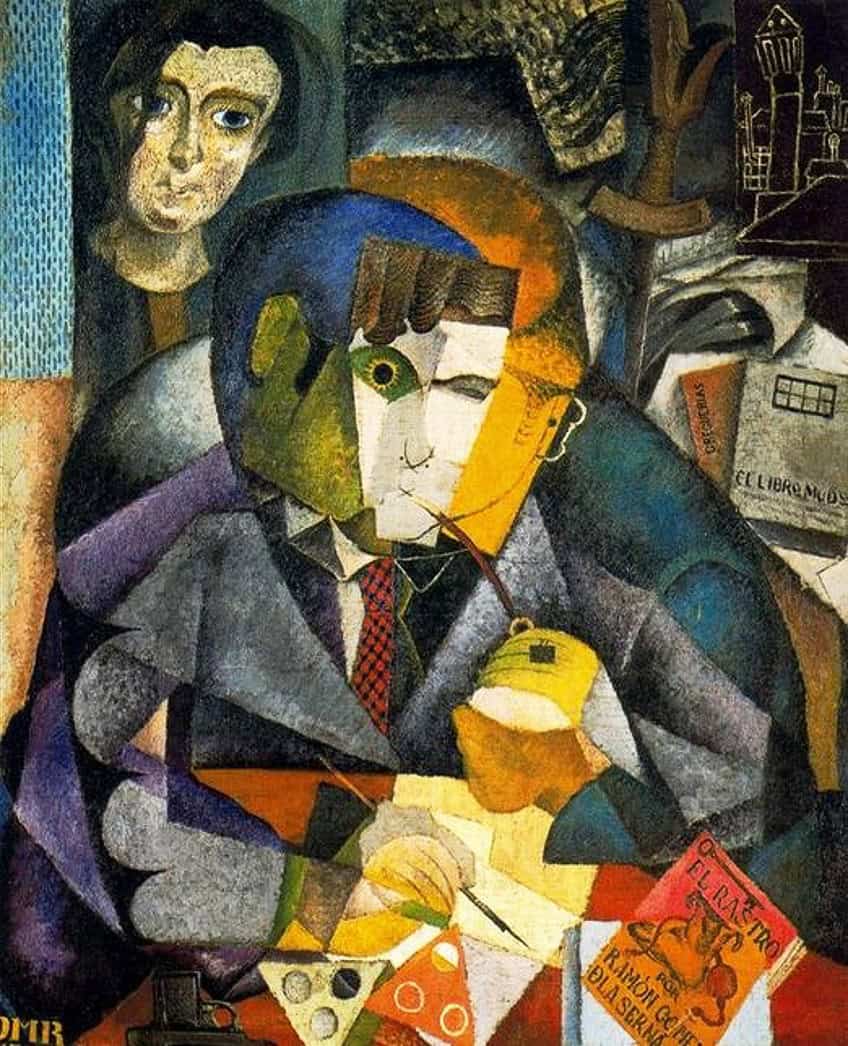
These contemporary works reflect the artists’ navigation of a globalized world while still addressing local concerns. This integration of global and local elements highlights the evolving nature of Latin American art and its increasing influence on the international stage.
Latin American artists have left an indelible mark on the global art landscape, blending their unique cultural heritage with contemporary techniques and themes. Their works resonate with a profound sense of identity, history, and social commentary, reflecting the rich tapestry of Latin American life. As the world continues to embrace and celebrate diverse artistic expressions, the contributions of Latin American artists remain vital, offering fresh perspectives and inspiring future generations. Their enduring legacy not only enriches the art world but also fosters a deeper understanding and appreciation of the diverse narratives that shape our global culture.
Frequently Asked Questions
Who Are Some Notable Latin American Painters from the 20th Century?
Frida Kahlo, known for her surreal and symbolic self-portraits, marked a distinctive place in 20th-century art. Diego Rivera, famous for his expansive murals depicting Mexican society, is another influential painter. Roberto Matta, from Chile, was a key Surrealist artist whose work influenced abstract expressionists in the United States.
Who Are Prominent Latin American Artists That Are Active Today?
Fernando Botero from Colombia is known for his figurative style and exaggerated proportions. Beatriz Milhazes, a Brazilian artist, stands out with her vibrant, geometric paintings inspired by Brazilian culture. Oscar Murillo, a Colombian-born artist, combines diverse media to explore themes of globalization and migration.
What Are Common Themes Found in the Paintings of Famous Latin American Artists?
Identity and cultural heritage are recurrent themes, often explored through symbols, local stories, and historical events. Many artists address political and social issues, reflecting on colonial history, revolution, and contemporary struggles. Mythology and surreal elements frequently appear, blending imagination with reality to convey deeper emotional and psychological truths.
Isabella studied at the University of Cape Town in South Africa and graduated with a Bachelor of Arts majoring in English Literature & Language and Psychology. Throughout her undergraduate years, she took Art History as an additional subject and absolutely loved it. Building on from her art history knowledge that began in high school, art has always been a particular area of fascination for her. From learning about artworks previously unknown to her, or sharpening her existing understanding of specific works, the ability to continue learning within this interesting sphere excites her greatly.
Her focal points of interest in art history encompass profiling specific artists and art movements, as it is these areas where she is able to really dig deep into the rich narrative of the art world. Additionally, she particularly enjoys exploring the different artistic styles of the 20th century, as well as the important impact that female artists have had on the development of art history.
Learn more about Isabella Meyer and the Art in Context Team.
Cite this Article
Isabella, Meyer, “Latin American Artists – Guardians of Tradition and Change.” Art in Context. August 6, 2024. URL: https://artincontext.org/latin-american-artists/
Meyer, I. (2024, 6 August). Latin American Artists – Guardians of Tradition and Change. Art in Context. https://artincontext.org/latin-american-artists/
Meyer, Isabella. “Latin American Artists – Guardians of Tradition and Change.” Art in Context, August 6, 2024. https://artincontext.org/latin-american-artists/.




